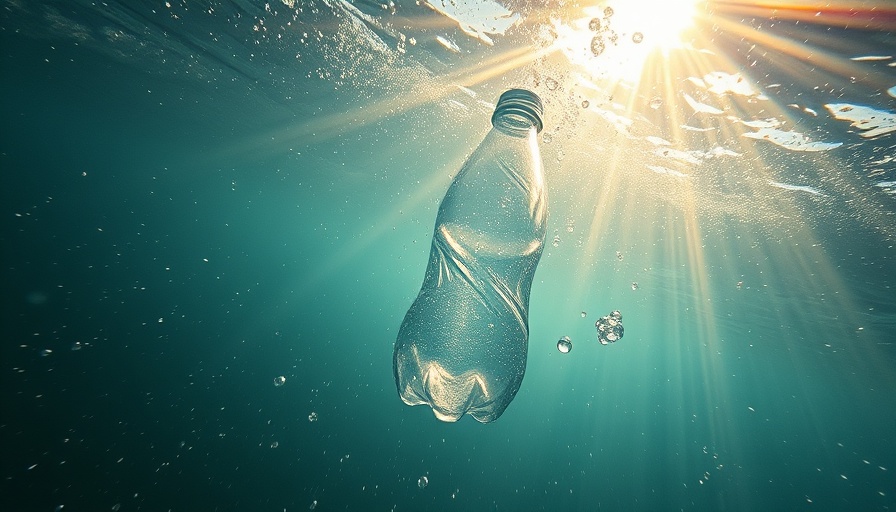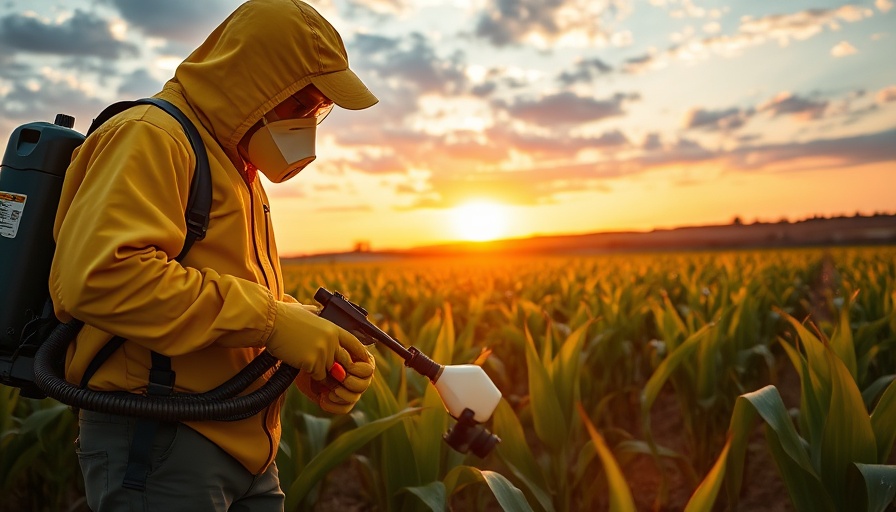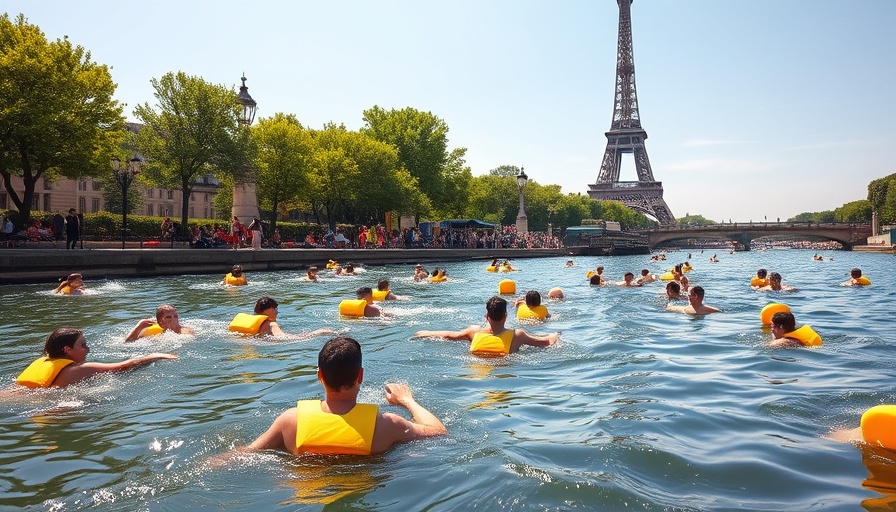
Nanoplastics in the North Atlantic: A Hidden Environmental Crisis
The recent study revealing that the North Atlantic Ocean contains staggering amounts of nanoplastics—at least 27 million tonnes—has raised urgent concerns about the environmental consequences of plastic pollution. These minuscule particles, which measure less than a micrometer, have become a pervasive threat, infiltrating not just the oceans but every corner of our planet, from the summits of mountains to the depths of the sea.
The Invisible Threat of Nanoplastics
Nanoplastics are not just another environmental inconvenience; they pose serious health risks to marine ecosystems and potentially to human beings. The study conducted by researchers from Helmholtz Center for Environmental Research (UFZ) and Utrecht University highlights how these particles may get mistaken for food by marine creatures, leading to severe health implications, including gastrointestinal tract injuries and even entry into the bloodstream. This situation has been emphasized by Dr. Dušan Materić, the lead author of the study, who notes the need for more research into the impact of these tiny but dangerous pollutants.
Marine Animals: The First Victims of Pollution
Marine life is already suffering from the extensive plastic pollution in oceans, with animals entangled in larger debris, but the infiltration of nanoplastics could lead to even more tragic scenarios. Fish and other marine organisms may ingest these particles, mistaking them for food. The consequences for marine biodiversity are significant: a decline in species and disruption of entire ecosystems. Research has indicated that while previous studies have mainly focused on macroplastics (large plastic waste), much more attention is required to understand the implications of nanoplastics, which may outnumber larger plastics in the marine ecosystem.
Call for Urgent Research and Action
Understanding the prevalence of nanoplastics in our oceans is crucial. The lack of reliable quantitative data about these particles has allowed them to evade scrutiny until now. As marine research continues to evolve, studies like the one conducted in 2020 aboard the RV Pelagia provide vital insights necessary for shaping effective environmental policies. Ensuring we address all sizes of plastic debris, particularly the nearly invisible nanoplastics, is essential in tackling the overall issue of plastic pollution.
What Can We Do? A Shared Responsibility
The crux of this problem rests not only on scientific awareness but also on individual and collective responsibility. From reducing our personal use of plastics to advocating for community initiatives aimed at reducing plastic waste, everyone has a role to play. Even small actions, like using reusable bags and bottles, can cumulatively make a significant difference in reducing the input of plastic into our oceans.
Raising awareness about the dangers of plastic pollution is vital. Communities around the globe must unite to pressure governments and corporations into creating stricter regulations regarding plastic production and waste management. Together, we can work towards turning the tide on ocean pollution by making informed choices and supporting sustainable practices.
In conclusion, while the statistics surrounding nanoplastics in the Atlantic are alarming, they are not insurmountable. By being aware of the impact of our behaviors and advocating for change, we can foster a healthier planet.
 Add Row
Add Row  Add
Add 



 Add Row
Add Row  Add
Add 

Write A Comment